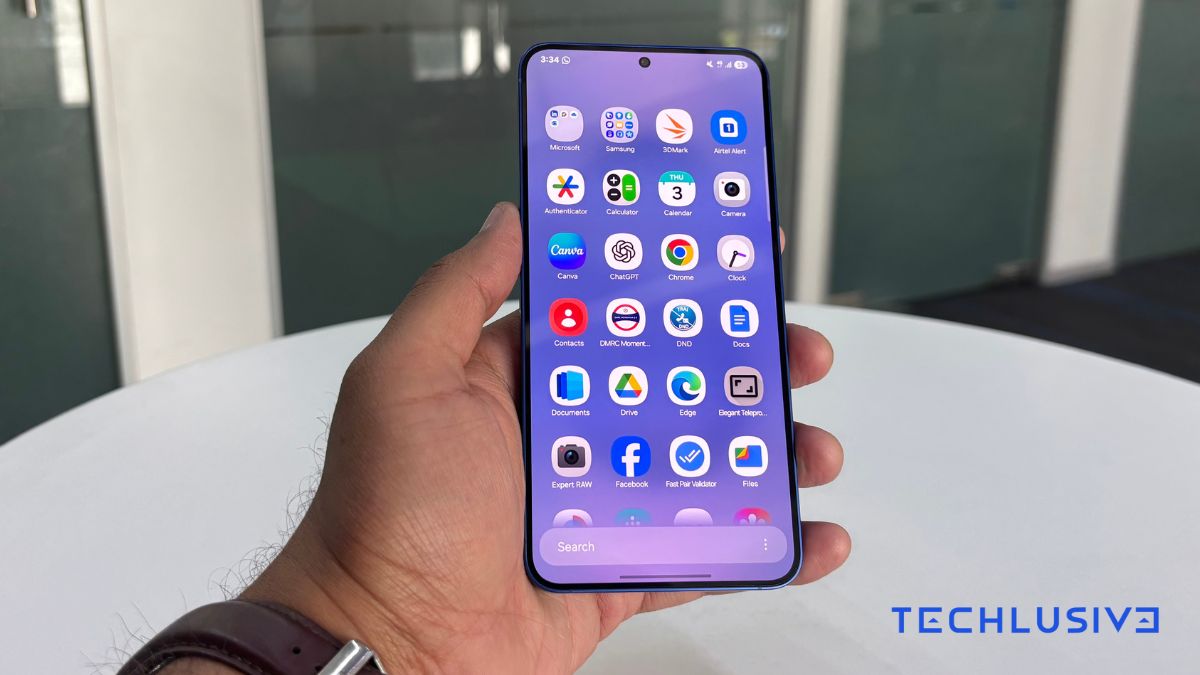Lenovo has finally made its concept of laptop with “foldable” screenwhich gives the possibility of expanding your screen to make it larger, in many cases reducing the need to connect a second monitor to work with a larger screen. It is the Lenovo ThinkBook Plus Gen 6presented as a conceptual design two years ago and which was released at CES 2025.
The device has a 120 Hz flexible OLED screen, equipped with small motors in its hinges, which can vertically roll up and unroll a hidden screen that allows the device’s initial screen to be expanded, 14 inches, and make it 16.7 inches when is deployed. Despite the screen deployment mechanism and its enlargement, its weight is not excessive: 1.69 kilos. When closed, it is 19.9 millimeters thick.
This Copilot+ laptop has a ThinkBook keyboard that occupies the entire keyboard area, which also includes the ForcePad. In addition, it offers dual Thunderbolt 4 and WiFi 7 ports. It has an Intel Core Ultra 7 Series 2 processor with integrated Intel Ard Xe2 graphics and can carry up to 32 GB of RAM, as well as a 1 TB capacity SSD.
The enlargement and collection of the screen is initiated by pressing a key located on the keyboard. But it can also be done using a gesture from the user, according to their preferences. Once the screen is deployed it can be used as a single screen, or split into two horizontally to perform more than one task simultaneously.
The laptop will go on sale throughout the first quarter of 2025, and for now only its starting Price in dollars is known: 3,499. Lenovo has not yet confirmed which countries it will be available in.
Lenovo ThinkPad X9, the end of the Lenovo trackpad
Lenovo has also shown other new products at CES 2025, among which is the Lenovo ThinkPad X9, the first of its laptops without the company’s characteristic trackpad. Available with a 14-inch (ThinkPad X9 14) and 15.6-inch (ThinkPad Instead of a trackpad it offers a haptic trackpad.
Both versions have OLED panels that may or may not be tactical, an HDMI 2.1 port, a Thunderbolt port on each side of the device and a 3.5 mm audio output. It can carry a maximum of 32 GB of RAM and a 2 TB capacity disk. Due to its design, it allows access to the SSD disk and the battery, making it easy to replace and repair. They will be on sale starting next February.
The Yoga family grows and renews
Lenovo has also taken advantage of CES to show the update of its Yoga family, which already has its tenth generation of laptops. Among its new features is the Yoga Slim 9i, which stands out for its lightness, the Yoga Book 9i with a dual screen that is larger than its predecessor, and a 2-in-1 convertible laptop, the Yoga 9i Aura Edition.
He Yoga Slim 9iwith Intel Core Ultra chips with NPU, is a Copilot+ device with the Lenovo AI Core system, in charge of performing certain AI tasks by adjusting the settings of creativity apps dynamically to improve its autonomy, which can reach up to 17 hours .
It has a screen-to-body ratio of 98%, and a web without a hole or cut, which improves its appearance. Its PureSight Pro OLED screen, with 4K resolution and 120Hz, is 14 inches. It offers a Thunderbolt port on each side of the chassis, in which four speakers with Dolby Atmos are integrated. It is compatible with WiFi 7 and weighs just over 1 kg.
He Yoga Book 9i It has two 14-inch screens with a resolution of 2.8K and a refresh rate of 120 Hz each. It integrates an Intel Arrow Lake 255H processor and up to 32 GB of RAM and 1TB of storage space. It offers three Thunderbolt 4 ports, four speakers, and WiFi 7 support.
Lenovo has integrated several AI-ready apps into this laptop, such as Smart Note, for note-taking; o Smart Reader, an e-book reading app capable of generating book summaries. Also Air Gestures, a function that allows, through hand gestures, to scroll or move windows.
As for the Yoga 9i 2-in-1 Breeze EditionIt has a 14-inch OLED screen, and will arrive in February, like the Yoga Slim 9i. The Yoga Book 9i with dual screen will be available starting in May.
Lenovo enters the world of mini PCs with Qualcomm X chips
Apart from new laptops, Lenovo has also shown its new mini PCs, an area in which it has finally decided to enter, at CES. There are two models, designed for both consumers and businesses: the ThinkCentre neo 50q and the IdeaCentre Mini x. Both integrate Qualcomm Snapdragon X or X Plus chips, which makes them Copilot+ devices but in desktop format.
He ThinkCentre neo 50qdesigned for SMEs, can carry up to 16 GB of RAM, and on its front it has a USB-1 3.2 port, a USB-C 3.2 port and a headphone output, in addition to the power button. On the back it incorporates two USB-A 3.2m ports, two USB-A 2.0, an HDMI 2.1 port, a DisplayPort 1.4 connector and another Ethernet. It supports WiFi 6E connectivity and will be available from February.
As for the IdeaCentre Miniit will have one less USB 2.0 port than the ThinkCentre neo 50q on the back of its chassis. In exchange, it has one more USB-C in the area. They are the only differences between the two in terms of ports. Designed for creatives who want a quiet desktop with the power needed to perform productivity tasks.
It can be easily opened to allow for repairs and component replacements. It includes two fans inside to cool the system, is compatible with WiFi 7 and can carry up to 32 GB of RAM and a maximum of 1 TB of storage space. It can be purchased starting next April.











